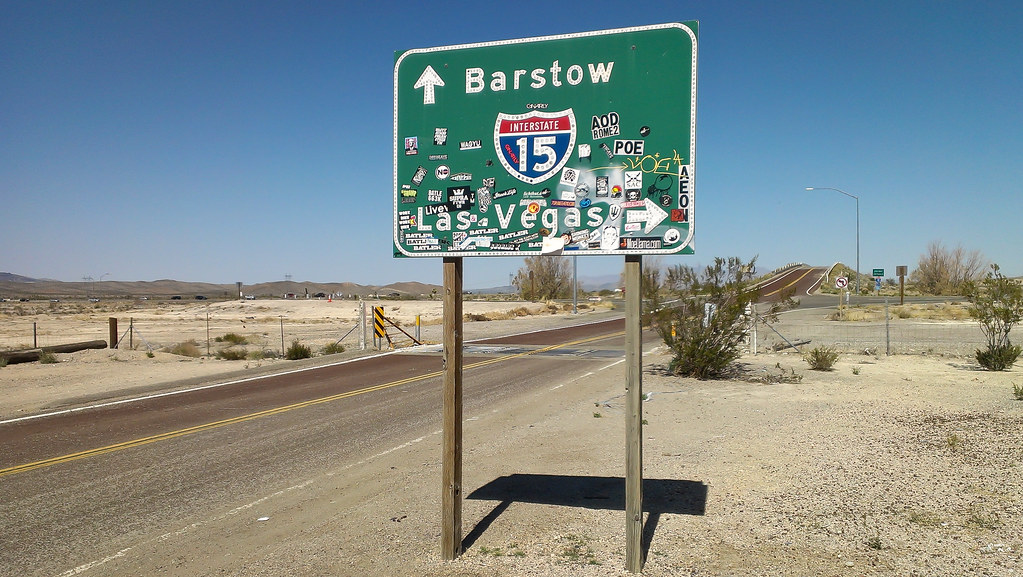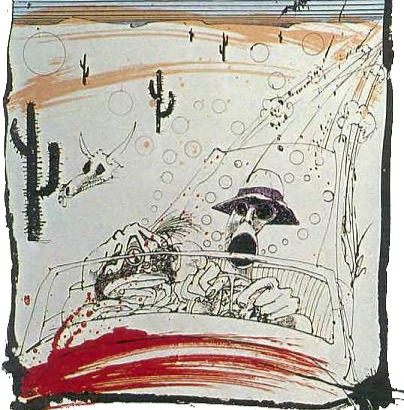Journalism hasn’t changed much in the past 50 years. Sure there is a ton more equipment and technology to capture new types of media and perspectives, but the grime-y corporations in charge of pumping out the central perspective of what a country’s culture is and should be remains the same.
Sometimes this isn’t an inherently bad thing, as we are able to have more “objective” reporting through outlets like AP News.
Hunter S. Thompson was a radical mainstream journalist, at least in American culture. I am not proficient in media history, but his efforts to create gonzo journalism, a style written without objectivity usually set in the first person perspective, is one of the more chaotic approaches and critiques in journalism’s history.
In Thompson’s book, “Fear and Loathing in Las Vegas”, he is the protagonist, reporter, drug fiend and agent of chaos throughout the entire narrative. His perspectives offer a distorted and often terrifying view of Las Vegas and America. He is able to offer insights on the “American Dream”, journalism and one of Thompson’s favorite topics, Richard Nixon.
One of my favorite aspects of “Fear and Loathing in Las Vegas” are the illustrations done by Ralph Steadman. None of them are able to be posted here but the drawings and artwork are all over his website. Fun fact, this book just turned 50 years old on Jul 7, 2022.
Quick Synopsis (Spoiler Free)

Thompson’s character is given the name Raoul Duke and his attorney (his travel buddy) ventures to Las Vegas to report on a road and desert race, the Mint 400. Duke is reporting for Rolling Stones magazine. While on their drug-fueled nightmare, they see a cacophony of lizard people, witness circus clowns doing inappropriate things with animals and they interact with too many law enforcement officers all while never getting arrested or put in cuffs.
The drug abuse never really stops in this novel and can be hard to read and think about most of the time. It puts a strange abstraction on the entire series of events, which makes it difficult to assume what is real and what is a hallucination.
At the end of the novel, Duke and his attorney have gone through the epitome of hell on Earth in Las Vegas. Their “journeys” lead them through the heart of the American Empire’s greed capital, a place where no one wins and you leave unhappy.
Why Do We Need “Fear and Loathing in Las Vegas”
Thompson does many great things with this novel. He taps into the vein of America and drives a needle straight into it. Thompson is aware of racial inequalities, capitalistic greed and the villainous nature of Richard Nixon.
Duke serves the purpose of reporting on a largely unimportant race and reporting on the sense of what it means to be a journalist in America. He portrays big media companies like Rolling Stones magazine as money grabbing snake pits and the casinos as a spike trap to lose it all.
This novel serves as a reminder of how biases in the media can be beneficial to the advancement of journalistic techniques. Thompson gets to the heart of what he sees as issues and reports on them. His own perspective is able to critique and loosen the strict flow of how media empires operate. He creates the opportunity for change by showing the horrors of the backstage.
A Few Highway Exit Thoughts
One thing I want to learn from this novel is how to write like Thompson did. His wicked fast style allows for readers to plow through his words while still appreciating their beauty and realism.
His brevity creates the attitude that journalism and reporting should be quick and to the point, which allows for multiple stories to be ingested rather than one big clunky thing that weighs down the readers.

